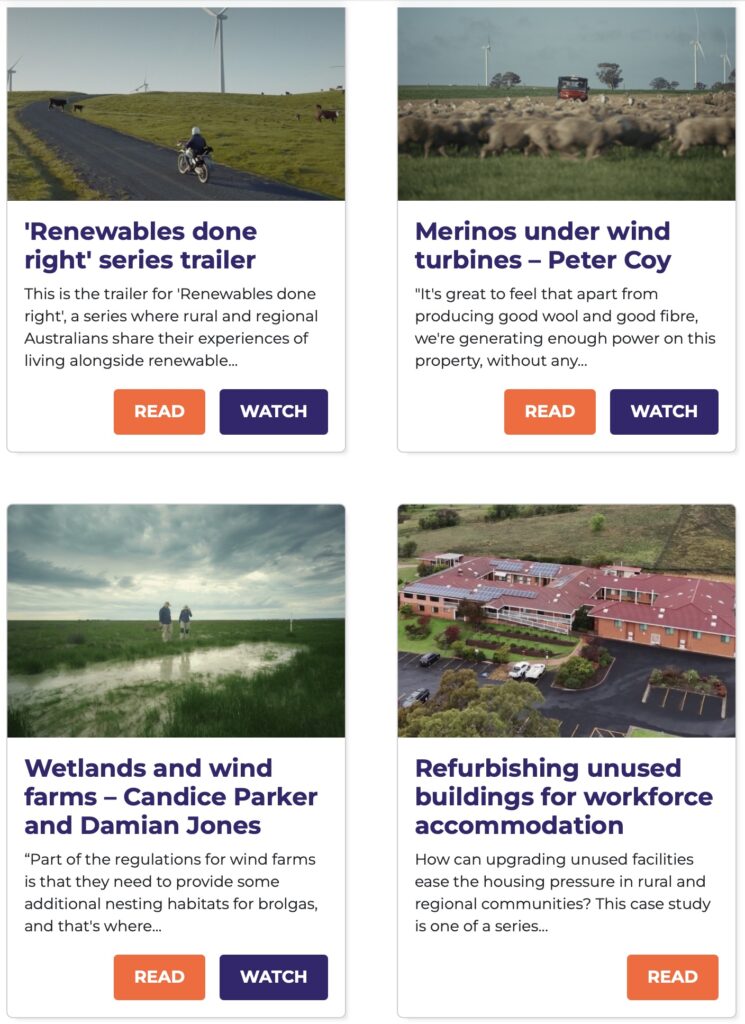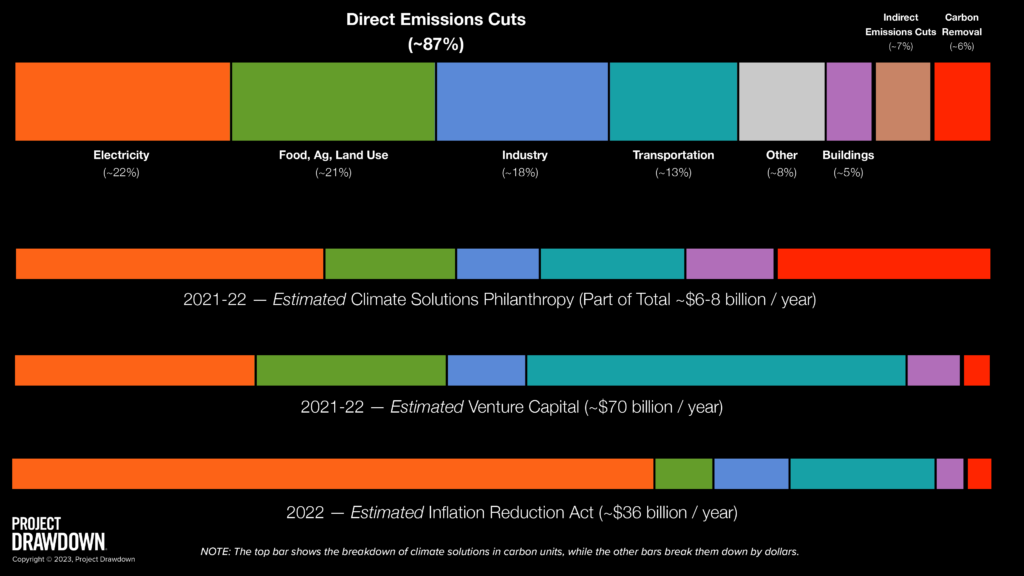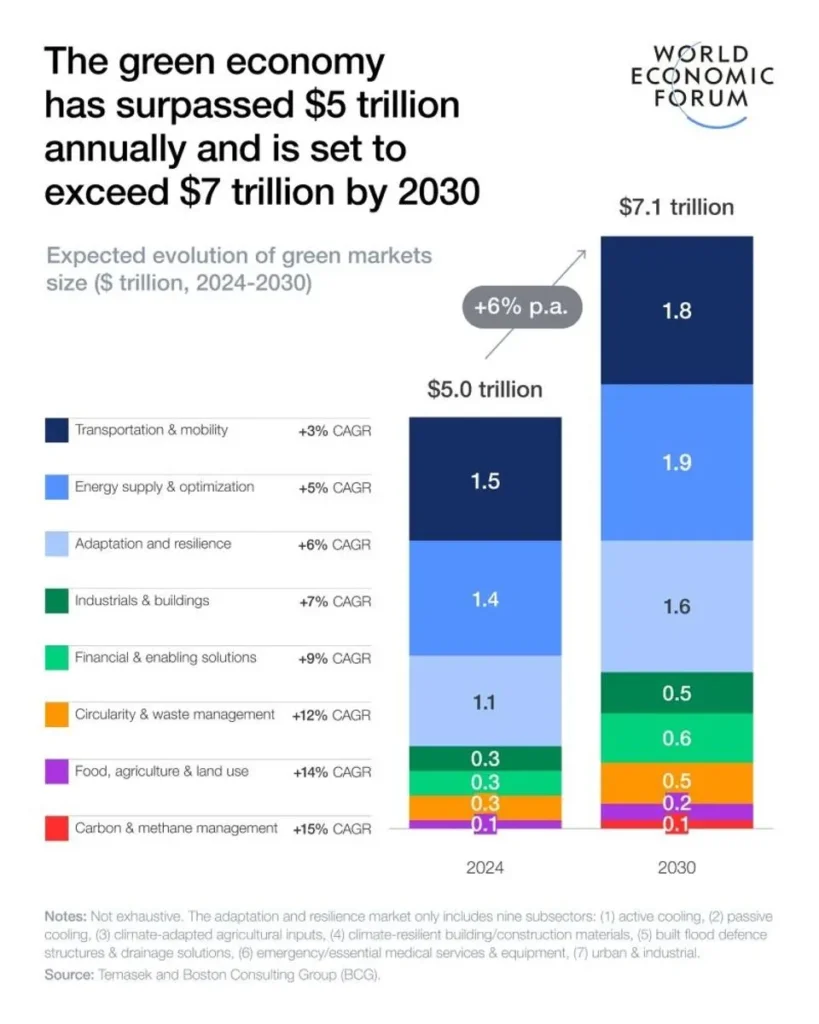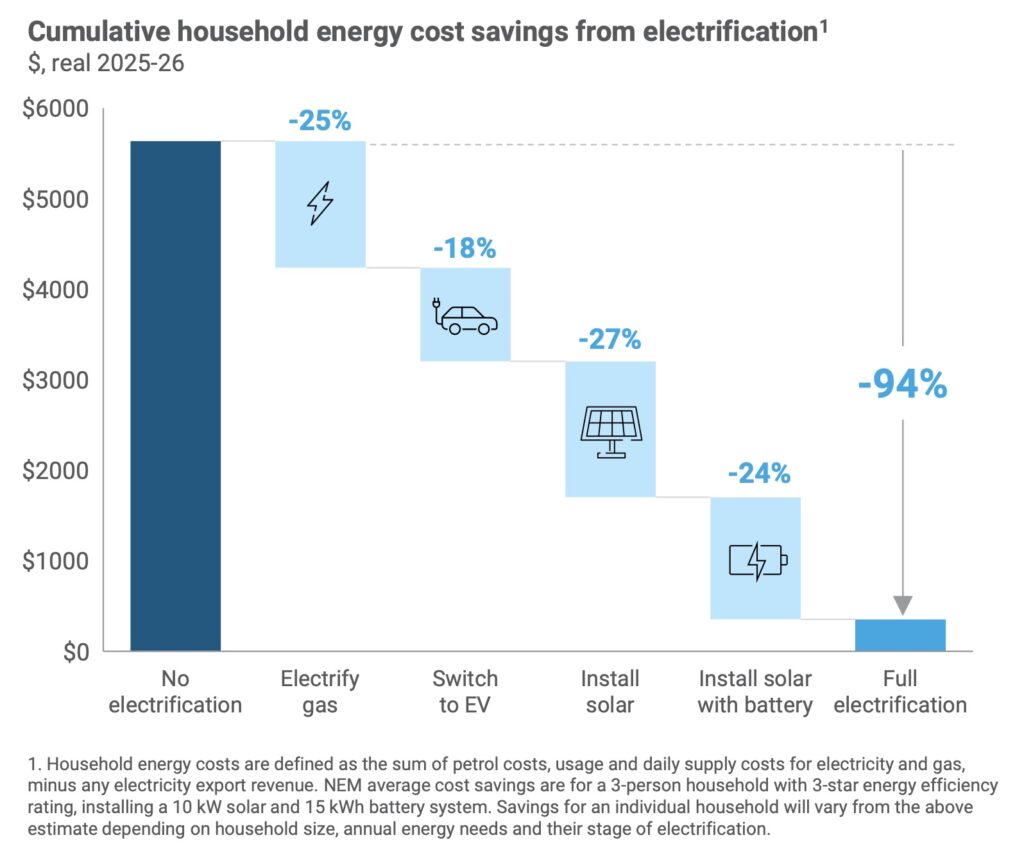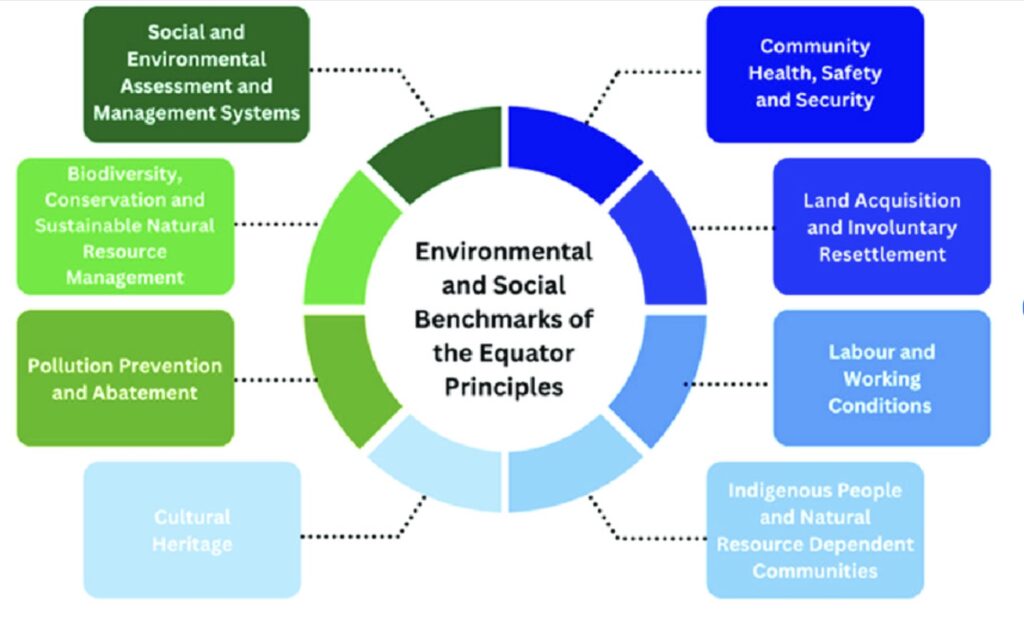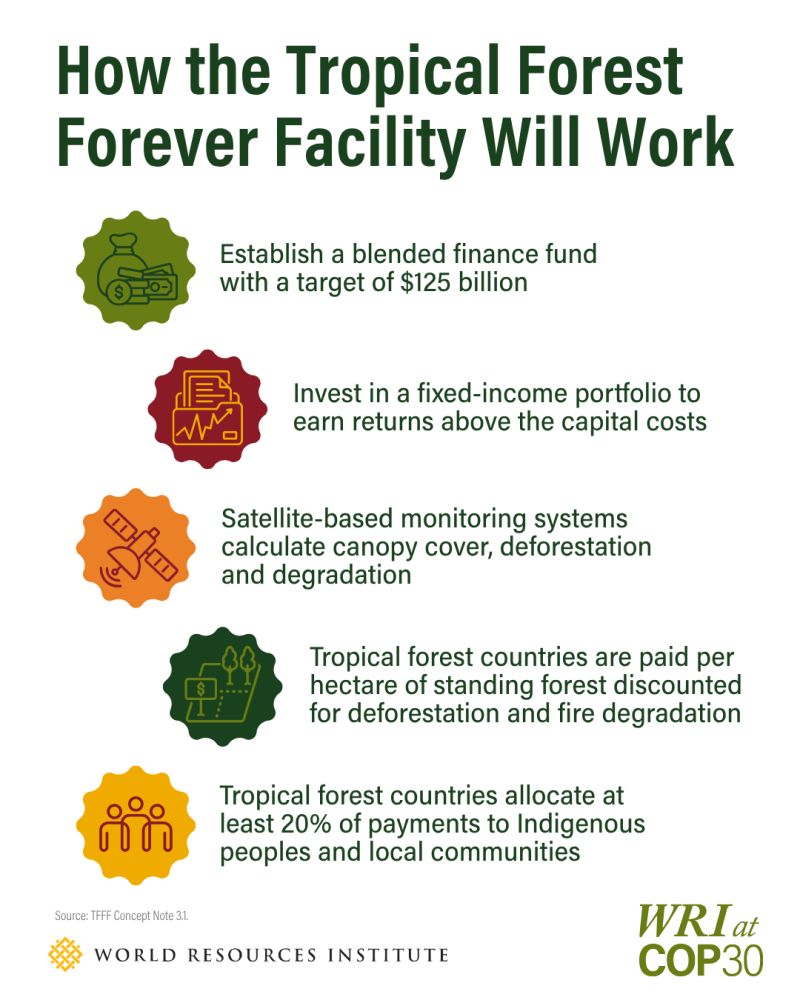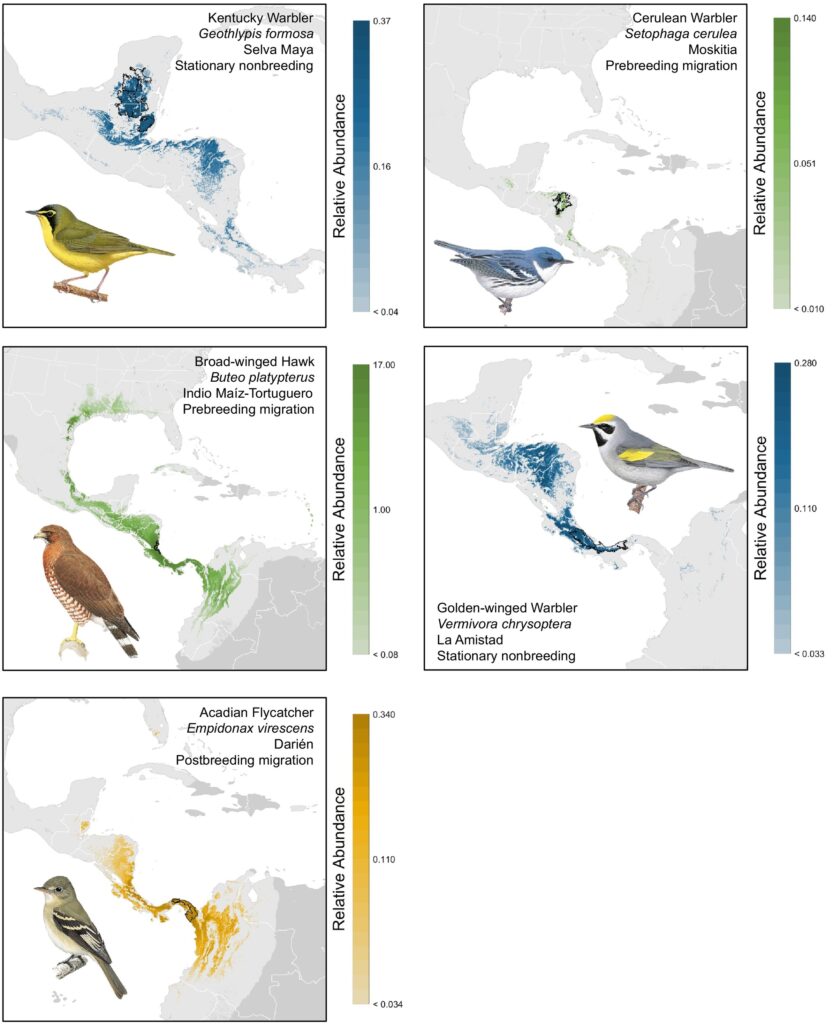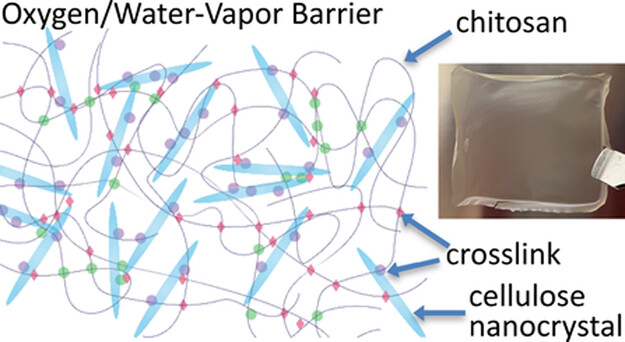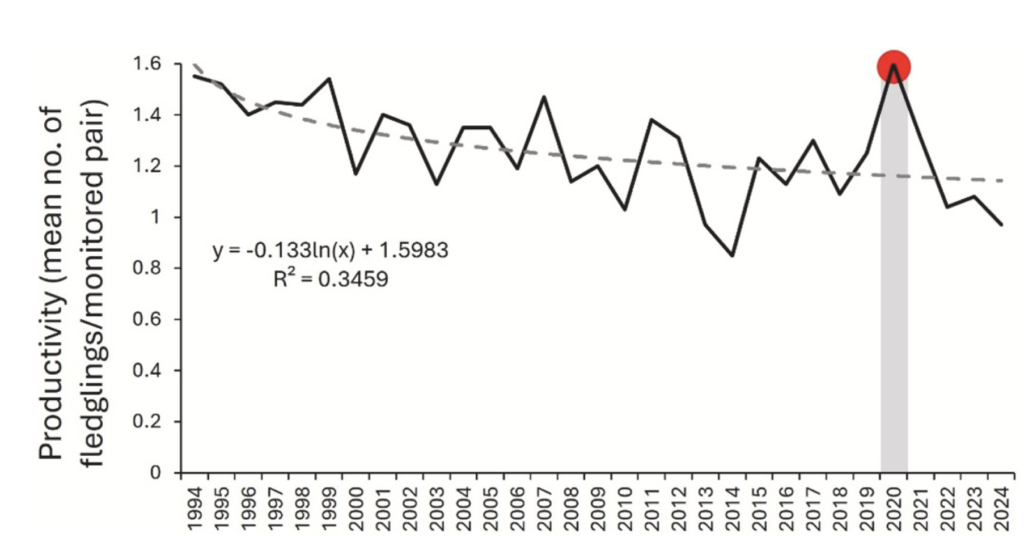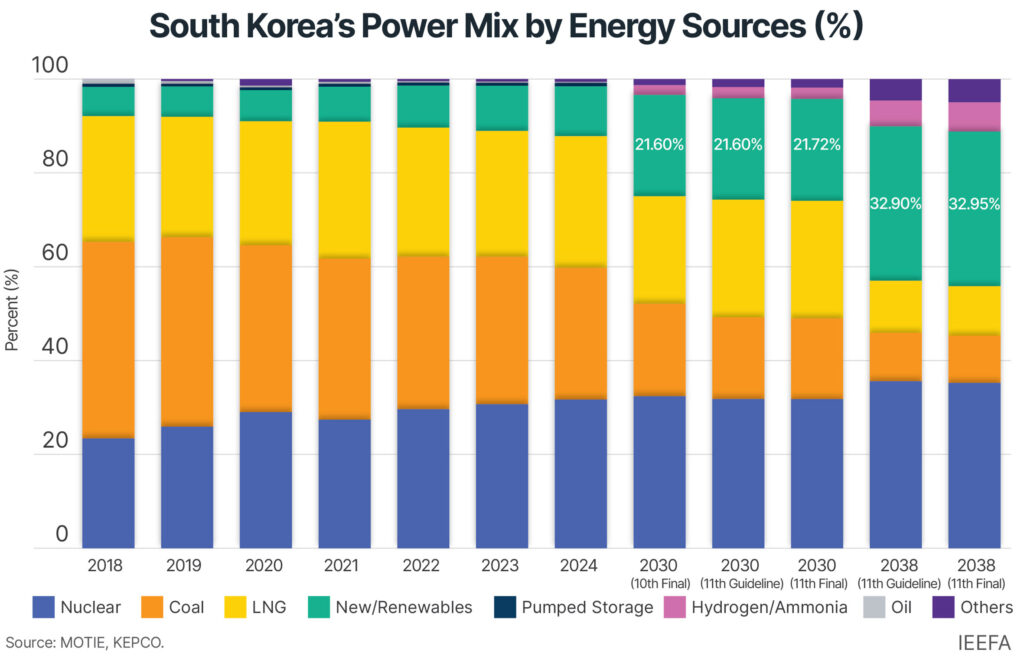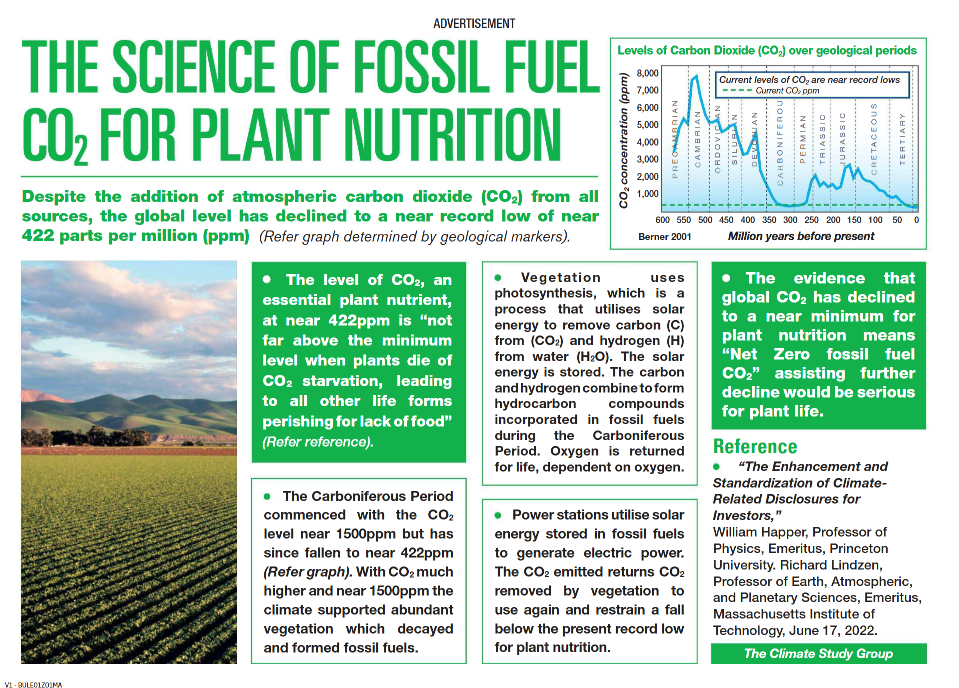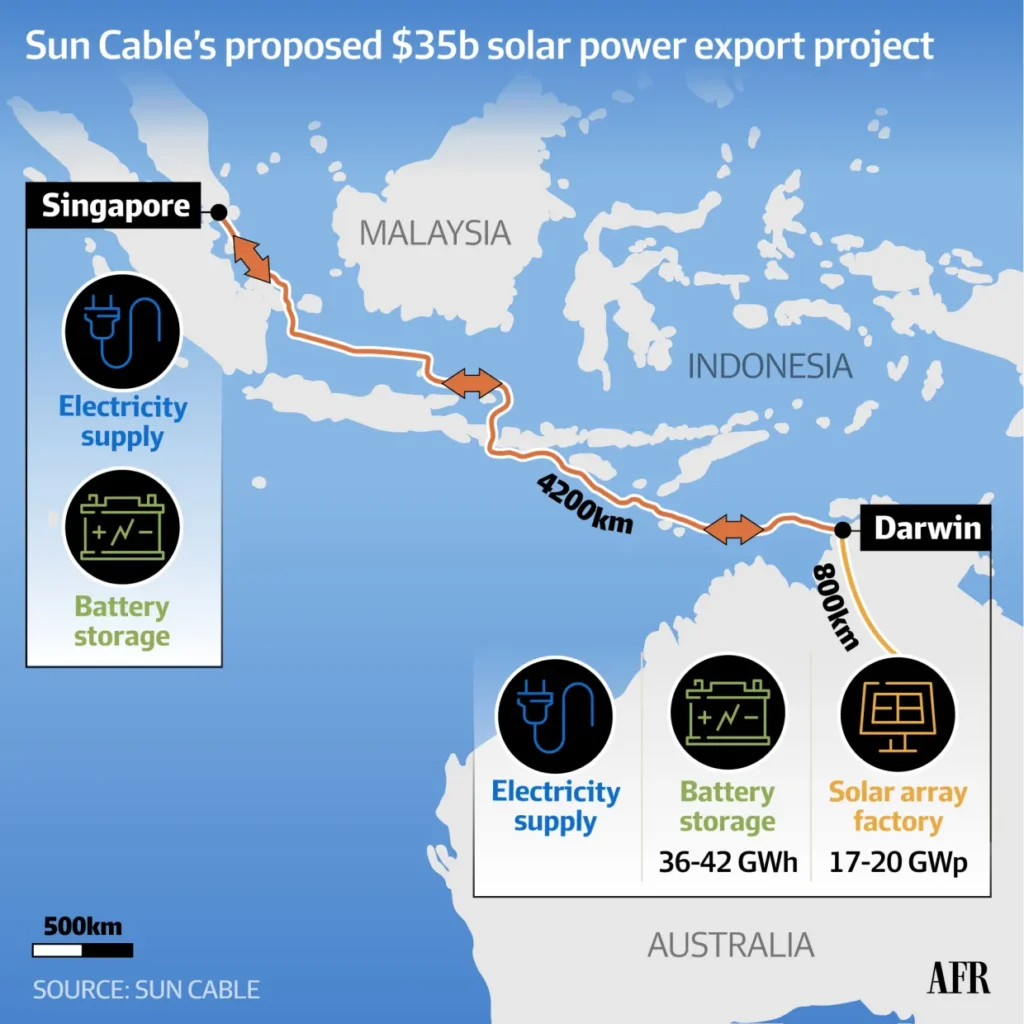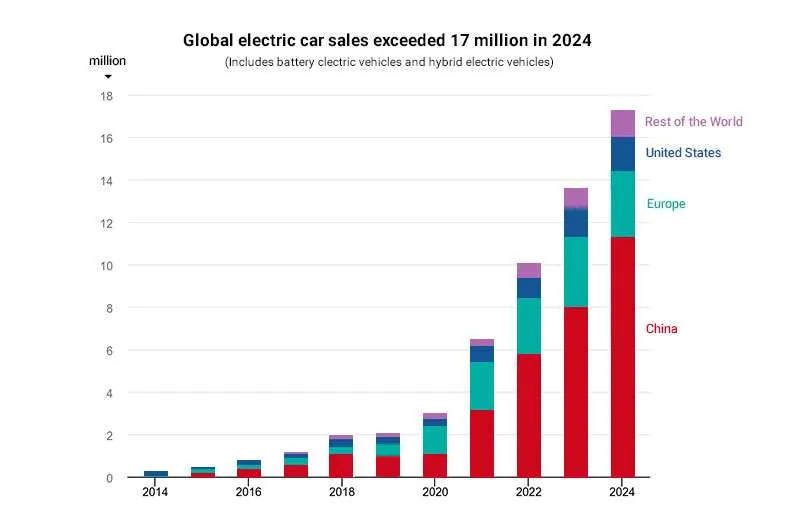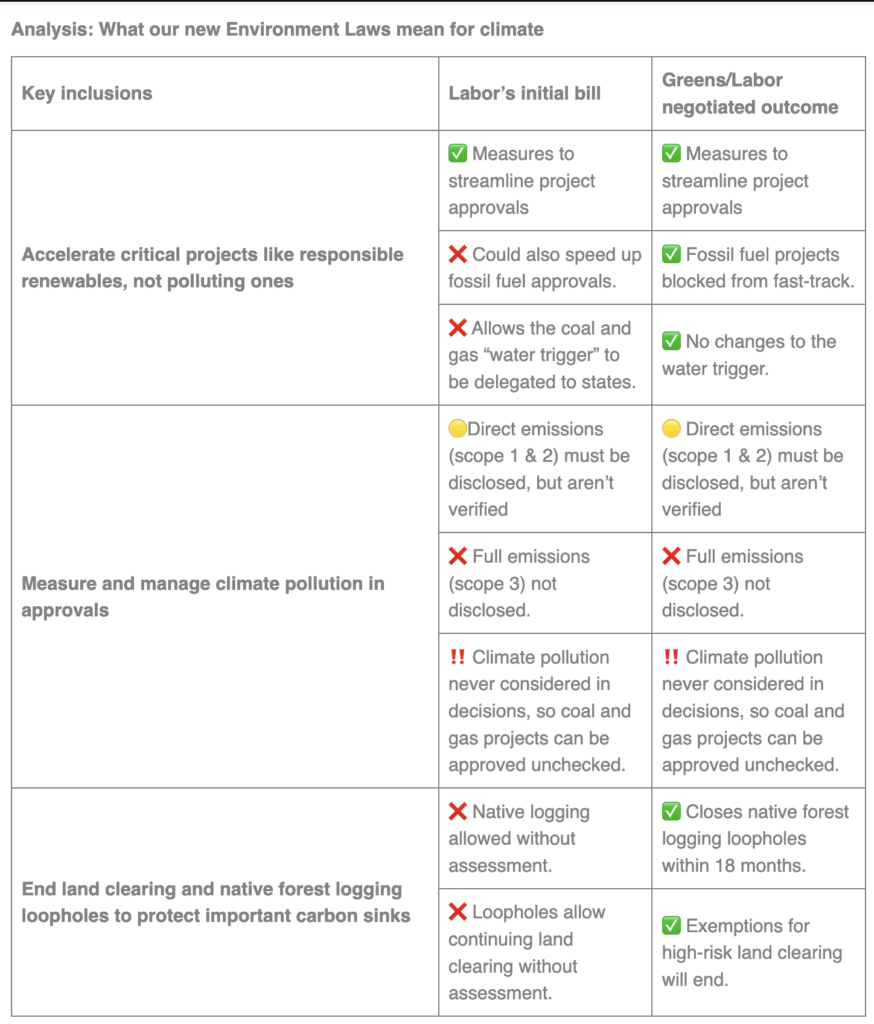VEN – Good News on Climate Action – Blog
So you want to install a community battery?!
From Lexi Crouch | Climate Change & Sustainability Program Lead City of Newcastle The SwitchedOn Australia podcast did a series titled “So you want to install a community battery?” which offers practical advice from groups like Totally Renewable Yackandandah (TRY) and Yarra Energy Foundation (YEF) on navigating community battery projects. You’ll need to look up the episodes from Feb, Mar…
Read MoreRenewables done right
A series where rural and regional Australians share their experiences of living alongside renewable energy. From RE-Alliance VIDEO ‘Renewables done right’ – series trailer VIDEO Merinos under wind turbines VIDEO Wetlands and wind farms from RE-Alliance: Who we are The Renewable Energy Alliance, or RE-Alliance, is working to deliver a responsible shift to renewable energy…
Read MoreJust as not all climate solutions are created equal, neither are they funded equally.
From Project Drawdown As shown in the chart above, climate funding from many streams – philanthropy, venture capital, major legislation – is misaligned with the sources of emissions. Some sectors, specifically electricity and transportation, receive a significant portion of the funding pool, whereas others are starved for capital. And while it’s true that different challenges…
Read MoreFinancial Markets Are Already Pricing The Fossil Fuel Phase-Out
By Ingmar Rentzhog, Contributor. Ingmar Rentzhog is the CEO and founder of We Don’t Have Time. for We Don’t Have Time Dec 14, 2025 A Morgan Stanley survey of institutional investors managing tens of trillions of dollars shows capital is already behaving as if a Fossil Fuel Phase-Out is underway. Not through headlines or pledges, but through…
Read MoreCheaper Home Batteries expansion a major win for households — but equity must remain front and centre
from Solar Citizens 13 December 2025JOIN THE INTERACTIVE ONLINE CONVERSATION Check out the ONLINE REPORT from the Australian Energy Market Commission (AEMC) Solar Citizens welcomes the expansion of the Federal Government’s Cheaper Home Batteries program, which will see support grow to $7.2 billion over four years and enable more than two million Australian households to…
Read MoreWhat are the Equator Principles?
NGOs Submit First Formal Equator Principles Complaint Against MUFG And Potential Financiers Of The Papua LNG Project Latest News Climate Justice by Shona Hawkes. Port Moresby/Melbourne/Tokyo/Paris/London. Wednesday 10 December Today, six organisations have submitted the first formal complaint to the Equator Principles detailing urgent concerns about the potential climate, biodiversity and human rights impacts of the proposed Papua LNG project in Papua New Guinea, led by TotalEnergies…
Read MoreSouth Australian bus ads misled public by claiming gas is ‘clean and green’, regulator finds
Ads to be removed from Adelaide Metro buses after advertising regulator rules they breach its environmental claims code in The Guardian Adam Morton Climate and environment editor Sat 6 Dec 2025 01.00 AEDT South Australia’s transport department misled the public by running ads on buses claiming “natural gas” was “clean and green”, the advertising regulator has…
Read MoreWhat to Know About COP30’s Tropical Forest Forever Facility
from Project Drawdown Tropical forests matter a great deal for the climate. According to the Drawdown Explorer, protecting tropical forests has the potential to slash annual global greenhouse gas emissions by nearly 4%. Moreover, forest protection is an emergency brake climate solution, meaning it has a sizeable and immediate impact on emissions from the moment it’s implemented. …
Read MoreDownload an amateur bird watcher app!
If you listen closely in Kentucky, you can hear the rainforest in southern Mexico. A new analysis of billions of amateur bird sightings reveals the dependence of North America’s songbirds on a handful of Central American forests. By Warren Cornwall November 26, 2025 Anthropocene The hills of Kentucky might seem like a separate world from the…
Read MoreAlternative to petroleum based plastic: film made from food waste
The next-gen bioplastic invention surpassed the abilities of some conventional plastic packaging in repelling water and oxygen. By Emma Bryce November 28, 2025 Anthropocene A new film that can be made from widely-available food waste is as effective as conventional plastics at shielding food from moisture and oxygen, its inventors say. The novel material was made by combining…
Read MoreThe quiet power of safeguarding the wild
A pause in the Anthropocene led to an eagle baby boom Decades of monitoring failed to detect it, but the Covid lockdown showed that human activity—not just predators or habitat—has been quietly stifling Bonelli’s eagle reproduction. By Warren Cornwall December 3, 2025 Anthropocene Humans are so enmeshed with the lives of wild creatures, it can be…
Read MoreSouth Korean lawmakers propose earlier coal phase-out in new 2030–35 bill
The country’s opposition moves to legislate a faster coal exit than the 2040 timeline cited at COP30, introducing a bill that would mandate a 2030–35 shutdown while ensuring a just transition for workers. Bob Burton Coalwire: Several South Korean MPs have drafted a bill requiring the closure of all coal power plants by 2035. The bill…
Read MoreClimate change misinformation in regional publications
The offending advert Refutations: John Mosig, Kew If the advertisement placed by the Climate Study Group is any indication of their scientific knowledge, they should go back and do some more study. (“Carbon dioxide and plant nutrition”, GA, 30/4) Plants don’t die from lack of CO2. Combined with water and sunlight, they use photosynthesis to…
Read More‘Gobsmacking’ solar farm that could power AI datacentres ‘possibly unparalleled’ in Australia or world
SunCable says massive energy project proposed in NT could position Australia as global leader but critics are concerned about scale Lisa Cox Environment and climate correspondent The Guardian Fri 21 Nov 2025 Energy company SunCable says a massive solar farm it has proposed building in the Northern Territory could power an AI datacentre precinct in the region to…
Read MoreCould China grow all its vegetables indoors—without warming the planet?
Short answer: Not yet. Scientists modeled renewable-powered “plant factories” and found they could meet China’s entire vegetable demand while freeing farmland. But the carbon cost of building the systems is still too high. By Emma Bryce October 17, 2025 Anthropocene Moving crops into solar-powered ‘plant factories’ across China could free up swathes of land, slash fertilizer…
Read MoreCan Trump (or anyone) stop the momentum of the EV revolution?
Someone’s going to be left in the rear-view mirror. By James Gaines November 16, 2025 Anthropocene Donald Trump is not a fan of electric vehicles. In a 2023 Christmas message, he claimed “All Electric Vehicle Lunacy” thugs, among others, were “looking to destroy our once great USA. MAY THEY ROT IN HELL.” And even though he did end up buying an EV from his…
Read MoreNSW court approves order overturning expansion of Glencore mine
The New South Wales (NSW) Land and Environment Court overturned the New South Wales government’s approval of Ulan Coal’s proposed 18.8 million tonnes expansion of the Ulan thermal coal mine. Ulan Coal is a subsidiary of Glencore, the world’s largest thermal coal exporter. The proposed expansion would allow the mine to continue operating until 2035.…
Read MoreSouth Korea joins the Powering Past Coal Alliance and sets 2040 end date for two-thirds of coal fleet
by Bob Burton in Coal Wire South Korea announced it plans to close about two-thirds of its fleet of non-captive coal plants by 2040 and has joined the Powering Past Coal Alliance, an international coalition aimed at accelerating the transition from coal generation. Kim Sung-hwan, the Minister for Climate, said the coal phaseout “is not…
Read MoreNATURE PROTECTED IN LAW, BUT CLIMATE LIABILITY FOR ALP REMAINS
By Climate Council THE CLIMATE COUNCIL congratulates Labor and the Greens for passing laws that strengthen protection for native forests and accelerate environmentally responsible renewable power. But the Council warns the Albanese Government is failing the climate test by giving new coal and gas projects a free pass on climate pollution. Climate Council CEO Amanda McKenzie said:…
Read MoreGlobal momentum for a fossil fuel phase out puts Australia on notice for COP31
Nellie Stevenson CANA BELÉM Saturday 22 November 2025 – Australia can prove it is serious as the incoming lead of COP31 negotiations by engaging with Brazil’s new fossil fuel phase out roadmap and leading wealthy fossil fuel producers to phase out coal, oil and gas first, according to Australia’s network of not-for-profit climate groups. “Despite the…
Read More
